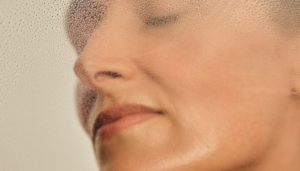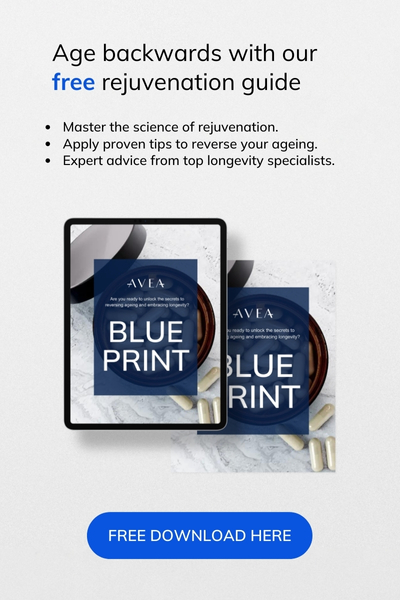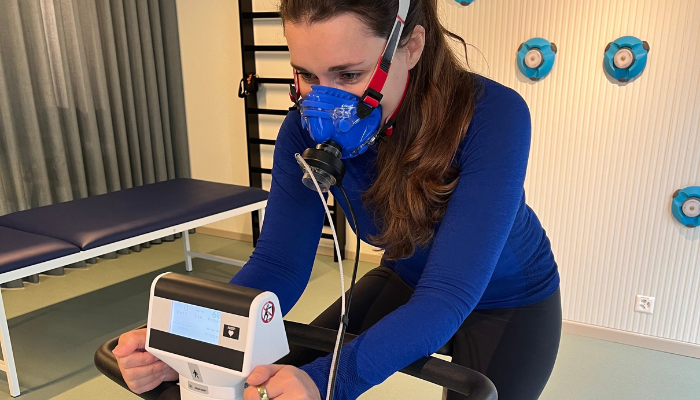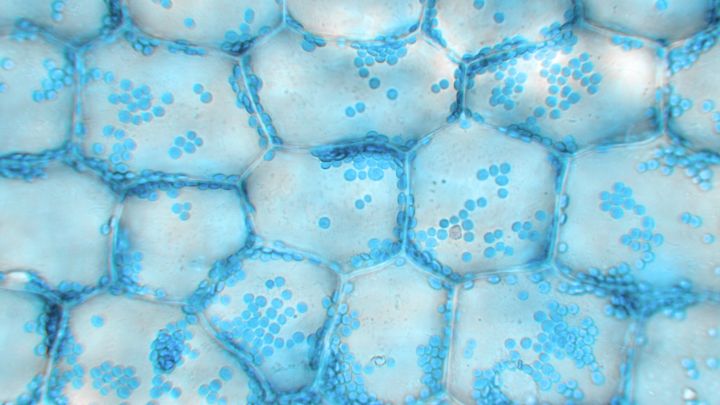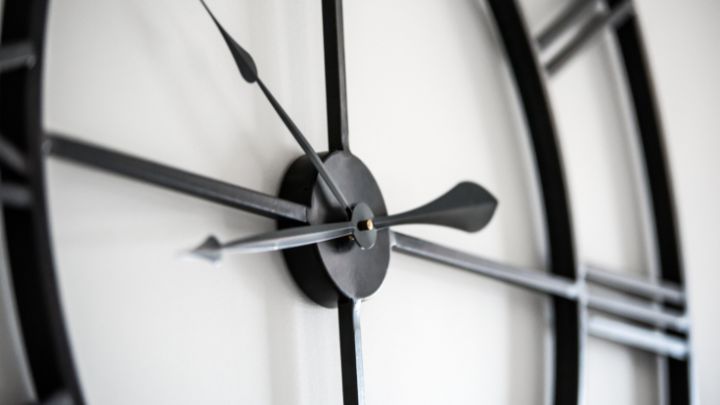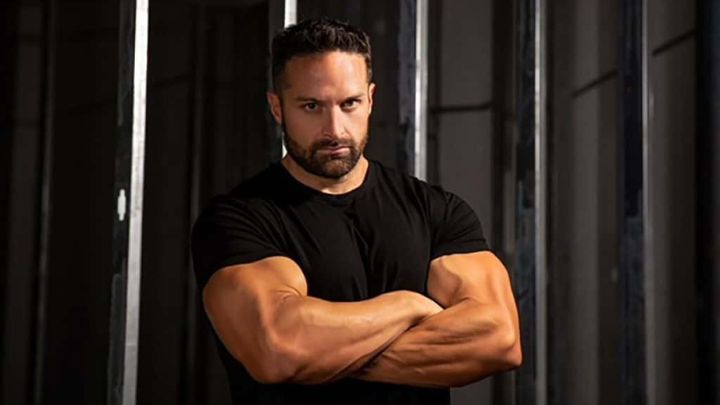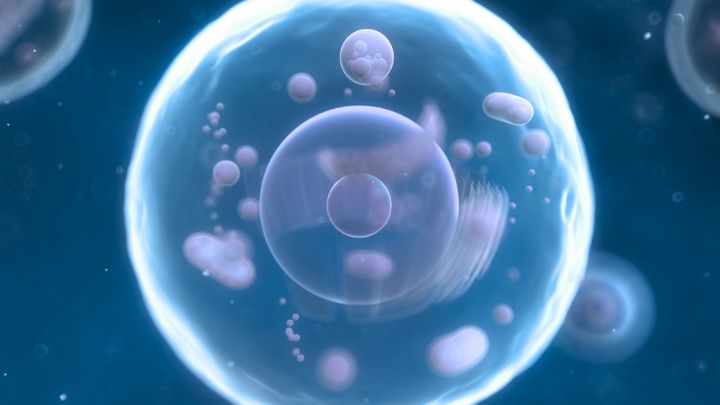In recent years, cryotherapy has not only captured the fascination of the wellness community, but also become a staple in the regimens of athletes across the globe.
From rejuvenating tired muscles to offering a potential boost in mental well-being, this chilling treatment appears to be more than just a cold encounter.
But what exactly is cryotherapy, and why is it garnering such attention? How is it different from simply plunging into the lake or taking a cold shower at home?
Whether you’re a professional athlete looking to enhance recovery or simply curious about this cool trend in wellness, this article at Avea is designed to inform and engage you with everything you need.
Join us as we dive into the science behind cryotherapy, exploring not just its popularity, but the very essence of how and why it works.
In this article
Free guide to reverse your biological age
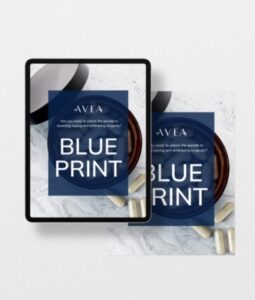
- Master the science of rejuvenation.
- Apply proven tips to turn back the clock.
- Transform your health with top longevity specialists.
What is cryotherapy?
Cryotherapy, which literally means “cold therapy,” is a technique where the body is exposed to extremely cold temperatures for several minutes [1].
The concept might sound modern, but the therapeutic use of cold has roots stretching back centuries.
Historical records suggest that as early as 2500 BCE, the Egyptians used cold to treat injuries and inflammation.
In the late 17th century, cold therapy began to gain scientific backing, with James Arnott, a British physician, using salt solutions with crushed ice to treat headaches and other pains.
Fast-forward to today, and cryotherapy has evolved into a highly sophisticated practice. Pioneered by Japanese rheumatologist Toshima Yamaguchi in the 1970s, the cryotherapy chamber made its way to Europe, the US, and Australia during the 1980s and 1990s.
Who uses cryotherapy and why?
From elite athletes like Cristiano Ronaldo, to Hollywood stars like Gigi Hadid or Jennifer Aniston, and even Prince Fazza, the crown prince of Dubai (Sheikh Hamdan), cryotherapy has attracted a diverse following.
But let’s forget about celebrities.
Everyday users of cryotherapy also include people suffering from chronic pain, arthritis, and those seeking alternative treatments for persistent ailments.
Many users report significant improvements in joint mobility and a reduction in pain levels, making it a valuable component of their wellness regimen.
In clinical settings, cryotherapy is often used under strict medical supervision for specific ailments like rheumatoid arthritis, multiple sclerosis, and atopic dermatitis.
Here, the focus is on targeted results, such as reducing chronic inflammation and managing pain.
In contrast, wellness centres offer cryotherapy as part of a broader health and wellness experience. These sessions are typically geared toward general well-being, recovery, and cosmetic benefits, like skin rejuvenation and stress relief.

FUN FACT:
Interestingly, cryotherapy is also used in veterinary medicine to treat injuries in racehorses and dogs, helping them recover faster from muscle and joint issues.
Different types of cryotherapy
There are primarily 3 forms of cryotherapy: whole body, partial body, and localised, each serving different therapeutic purposes.
- Whole body cryotherapy (WBC) is the most immersive, involving standing in a cryochamber that encloses your entire body except for the head. These chambers expose you to air chilled by liquid nitrogen or refrigerated cold air, reaching temperatures as low as -110°C (-166°F) to -140°C (-220°F).
- Partial body cryotherapy uses a similar approach but typically involves a chamber that encloses your body from the neck down, allowing for a more concentrated exposure in specific areas if needed.
- Localised cryotherapy, on the other hand, targets specific areas of your body using devices that direct blasts of cold air or liquid nitrogen to the affected area. This method is particularly popular for sports injuries, joint pain, and even beauty treatments, like cryofacials.
How long should you do cryotherapy?
During a cryotherapy session, whether whole or partial body, you will stand in the cryochamber for about 2–4 minutes.
The extreme cold stimulates your skin’s temperature receptors, triggering the central nervous system to respond by reducing inflammation, releasing endorphins, and decreasing your body’s perception of symptomatic pain.
Despite the harsh temperatures, the environment in the chamber is dry, which allows your body to tolerate the cold more effectively than it would in a wet, icy environment.
By blending ancient practices with cutting-edge technology, cryotherapy offers a unique convergence of the old and new, promising relief and rejuvenation in minutes of controlled cold.
Benefits of cryotherapy
Whole Body Cryotherapy (WBC) might influence key health markers [2], including
- reducing inflammation-causing proteins
- improving antioxidant levels
- benefiting muscle recovery markers like creatine kinase and lactate dehydrogenase.
Studies have also found WBC to be safe, with no harmful effects on heart or immune system health.
However, this positive feedback primarily stems from observational studies lacking control groups, making them less reliable.
It is to be noted that the bulk of research on WBC also involved small cohorts of young participants, mainly males.

By 1990, 87% of dermatologists used cryotherapy in their practice [3].
1. Pain relief and muscle recovery
The science behind this involves the reduction of blood flow to areas of inflammation, which helps to decrease swelling and pain. Studies suggest that cryotherapy can significantly reduce muscle pain and speed up the recovery process by limiting inflammatory processes [4].
A review also found that cryotherapy can help to reduce muscle pain in the days following exercise, making it a potent tool for athletes.
2. Improved skin condition
Exposure to cold temperatures causes blood vessels in your skin to contract and then dilate, potentially increasing blood flow and oxygen supply to the skin once you warm up. This process might help to improve skin tone and elasticity [5].
Whilst the evidence is still emerging, some users report reduced signs of ageing and clearer skin after regular sessions. Dermatologists are cautiously optimistic, noting that whilst cryotherapy might refresh the skin temporarily, more research is needed to confirm long-term skin health benefits.
3. Potential weight loss
Stepping into the cold to lose weight might sound appealing, but can cryotherapy really help you shed pounds? The theory here is based on the concept of brown fat activation. Unlike regular fat, brown fat burns calories to generate heat and maintain body temperature.
Some studies suggest that regular exposure to cold through cryotherapy could boost the metabolism by activating brown fat, leading to increased calorie burn. However, experts advise that cryotherapy alone is not a weight loss solution but could be one component of a broader health and fitness regimen.

Consistency is key for me. Just 5–10 minutes a week leads to noticeable improvements in my skin quality, energy levels, immune function, stress tolerance, and mood. It puts my body under hormetic stress, which is beneficial physically and a great mental exercise. I have to have the courage to withstand -85 degrees for 4–5 minutes. I’ve also seen slight improvements in my HRV and VO2max [7], as well as changes in my body shape.”
Nicolas Ting, Nutrition Coach & Customer Care at Avea.
The biological mechanisms behind cryotherapy
Your body is like a high-tech facility, constantly adjusting to temperature changes to keep everything running smoothly.
When you step into a cryotherapy chamber, it sends a sudden cold alert through your body, to respond rapidly to protect your core temperature and optimise its resources.
The first response is vasoconstriction, where your blood vessels tighten up, similar to how a garden hose narrows when it’s kinked, slowing the flow of water.
This process reduces blood flow to your extremities, which helps to conserve body heat and protect vital organs. The reduced circulation also decreases inflammation in tissues by limiting the movement of inflammatory mediators to problem areas.
Alongside this, the extreme cold triggers the release of endorphins, your body’s natural mood elevators and pain relievers.
Think of it as your body’s internal music system turning up a feel-good playlist to distract you from the cold.
The endorphin release not only makes you feel happier, but also reduces the perception of pain, providing a natural form of pain relief.
Over time, repeated exposure to cold may help “train” your body to manage inflammatory responses better, potentially reducing chronic inflammation, which is linked to a host of diseases.
Just as a regular reset of a sophisticated machine can improve its efficiency and longevity, periodic sessions in a cryochamber might help reset your body’s responses, potentially leading to sustained health benefits and an overall sense of well-being.
Potential risks and side effects of cryotherapy
Whilst cryotherapy has potential healing benefits, you still have to approach it with awareness of its potential risks and necessary precautions.
The core idea behind cryotherapy is to remove heat from your body tissues, achieving various health benefits by reaching a certain level of cooling.
Biologically, it’s tough to cool tissues below your skin because fat acts as an insulator, making it hard for cold to penetrate deeper into your muscles.
The most significant deep muscle (1 cm below the skin) cooling recorded in research was a 7°C drop, achieved with an 8-minute ice pack application on individuals with minimal body fat.
Now, extremely cold temperatures can pose risks if not properly managed. Common side effects include numbness, tingling, redness, and skin irritation, which typically resolve shortly after the session.
More severe risks if cryotherapy is not conducted correctly, include frostbite, ice burns, and, in extreme cases, hypothermia. It’s crucial for the session to be timed correctly and for the equipment used to be maintained at the correct standards to avoid these risks.
Who should avoid cryotherapy?
Cryotherapy is not suitable for everyone. Those with certain health conditions should avoid this treatment:
- People with cardiovascular conditions such as high blood pressure or a history of heart attacks should steer clear, as the extreme cold can increase heart rate and blood pressure.
- Those with nerve disorders like neuropathy could experience worsened symptoms or additional nerve damage.
- Pregnant women are advised to avoid cryotherapy, particularly whole-body sessions, as the effects on the fetus are not fully understood.
Where can you do cryotherapy?
To minimise risks, choose a reputable cryotherapy provider. Here are some tips to help ensure your safety:
- Certification and training: Ensure that the facility is operated by folks who are certified and trained in cryotherapy procedures. Staff should be knowledgeable about both the benefits and the risks, and able to handle any emergencies.
- Safety procedures: Check that the facility has proper safety procedures in place, such as timers, temperature controls, and emergency shut-offs.
- Clean and well-maintained equipment: The equipment should be clean and well-maintained. Regular maintenance checks should be evident.
- Consultation process: A reputable provider will always conduct a pre-session consultation, assessing your health history and current health status to ensure cryotherapy is safe for you.
Cryotherapy may be an option for you if you tick all the boxes above.
Summary of latest cryotherapy research insights
Biomarkers overview
Research reveals that cryotherapy can significantly impact cellular and physiological processes related to inflammation post-injury. Animal studies indicate changes in cell metabolism and white blood cell activity, potentially affecting programmed cell death (apoptosis). However, the extent of these effects in humans remains less clear, necessitating further studies.
Muscle recovery and inflammation
Studies on whole-body cryotherapy (WBC) and cold-water immersion have shown mixed results regarding their impact on muscle damage and inflammation after exercise. This inconsistency highlights the variability in cryotherapy’s efficacy, suggesting that its benefits may depend on specific conditions and treatment protocols.
Oxidative stress and antioxidant response
Exposure to cold can trigger oxidative stress by increasing the production of harmful free radicals. However, adaptive responses like hormesis, where short, repeated cold exposures boost your body’s natural antioxidant defences, have been observed, especially in regular cold-water swimmers. Yet, the impact of WBC on oxidative stress and antioxidant levels in the body shows mixed findings, indicating the need for more precise research to clarify these effects.
Autonomic nervous system activation
Cryotherapy, particularly WBC, has been studied for its effects on the autonomic nervous system post-exercise. Initial activation of the sympathetic nervous system (which can increase heart rate) shifts towards parasympathetic activation (which promotes relaxation and recovery), as evidenced by increased heart-rate variability. This suggests that cryotherapy might facilitate quicker recovery by enhancing autonomic balance.
Clinical outcomes and functional recovery
The effectiveness of WBC in clinical settings shows promise, particularly in treating conditions like adhesive capsulitis (frozen shoulder). It appears to help recovery by reducing pain and potentially facilitating muscle activation, which can complement therapeutic exercises. Whilst subjective benefits such as reduced muscle soreness are consistently reported, the objective functional recovery outcomes in sports performance are still being explored.
References







